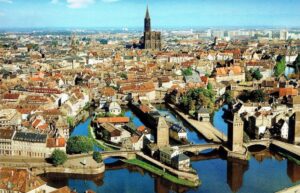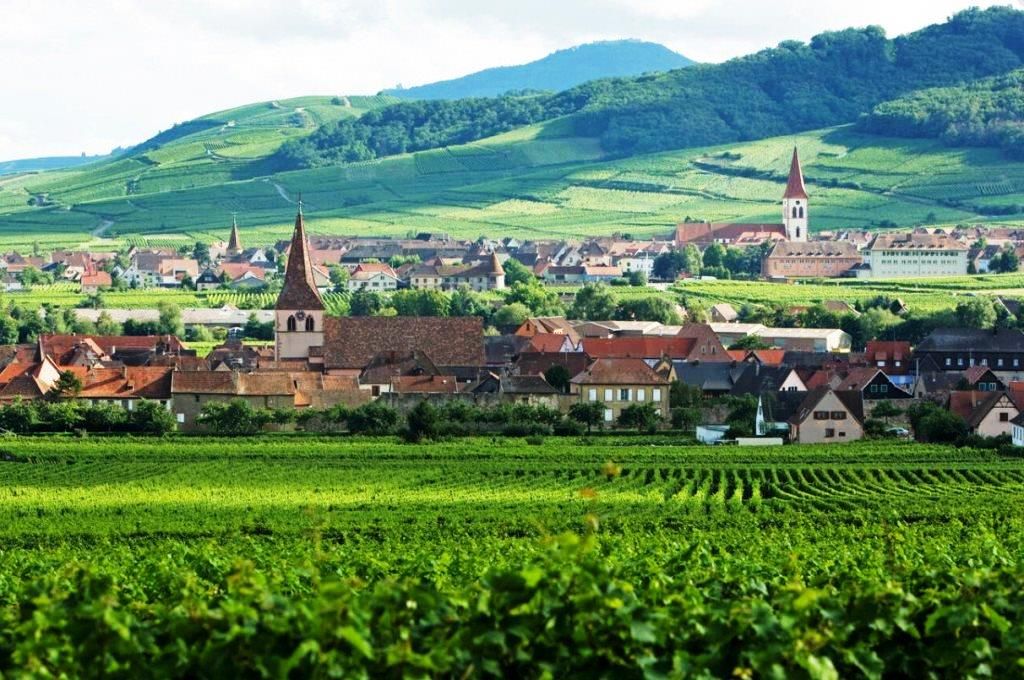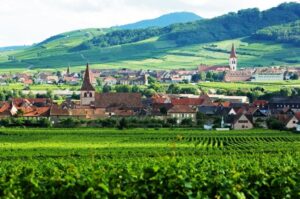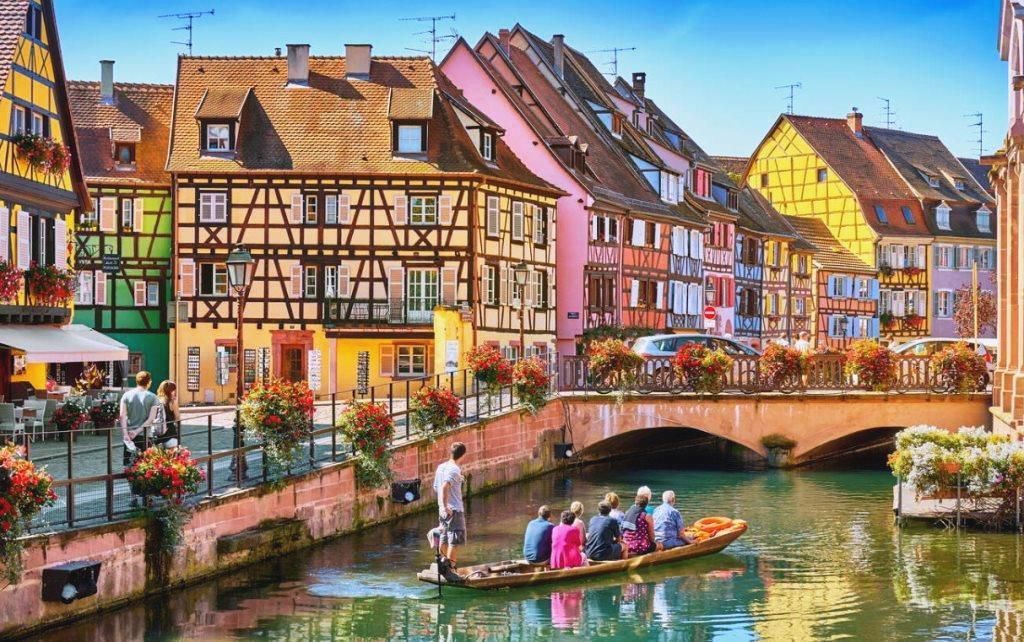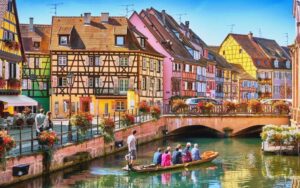NANCY – CAPITAL OF FRENCH ART NOUVEAU, AND SO MUCH MORE
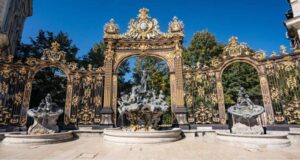
The fame of so many French destinations is down to the historic architecture and culture of the place. We love to visit beautiful historic places that speak of the history of the town or city. These can range from ancient sites dating back millennia to fine chateaux and glorious cathedrals erected centuries ago. So it’s a rare destination when the “new” town draws most of the attention. Nancy is just such a place. It is a UNESCO World Heritage site, and particularly renowned as the French capital of Art Nouveau and has a wealth of buildings in this style. But there are also grand squares, palaces, rococo fountains, the spectacular gilded wrought iron gates of Place Stanislas and a Vieille Ville (Old Town) that dates back to the 11th century.




